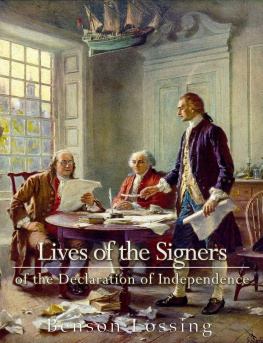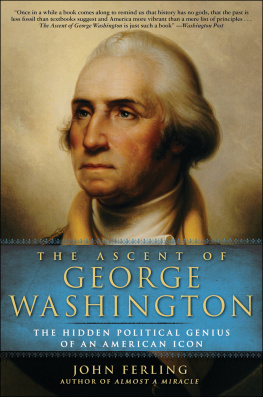John Ferling - Winning Independence
Here you can read online John Ferling - Winning Independence full text of the book (entire story) in english for free. Download pdf and epub, get meaning, cover and reviews about this ebook. year: 2021, publisher: Bloomsbury Publishing, genre: History. Description of the work, (preface) as well as reviews are available. Best literature library LitArk.com created for fans of good reading and offers a wide selection of genres:
Romance novel
Science fiction
Adventure
Detective
Science
History
Home and family
Prose
Art
Politics
Computer
Non-fiction
Religion
Business
Children
Humor
Choose a favorite category and find really read worthwhile books. Enjoy immersion in the world of imagination, feel the emotions of the characters or learn something new for yourself, make an fascinating discovery.

- Book:Winning Independence
- Author:
- Publisher:Bloomsbury Publishing
- Genre:
- Year:2021
- Rating:5 / 5
- Favourites:Add to favourites
- Your mark:
- 100
- 1
- 2
- 3
- 4
- 5
Winning Independence: summary, description and annotation
We offer to read an annotation, description, summary or preface (depends on what the author of the book "Winning Independence" wrote himself). If you haven't found the necessary information about the book — write in the comments, we will try to find it.
Winning Independence — read online for free the complete book (whole text) full work
Below is the text of the book, divided by pages. System saving the place of the last page read, allows you to conveniently read the book "Winning Independence" online for free, without having to search again every time where you left off. Put a bookmark, and you can go to the page where you finished reading at any time.
Font size:
Interval:
Bookmark:
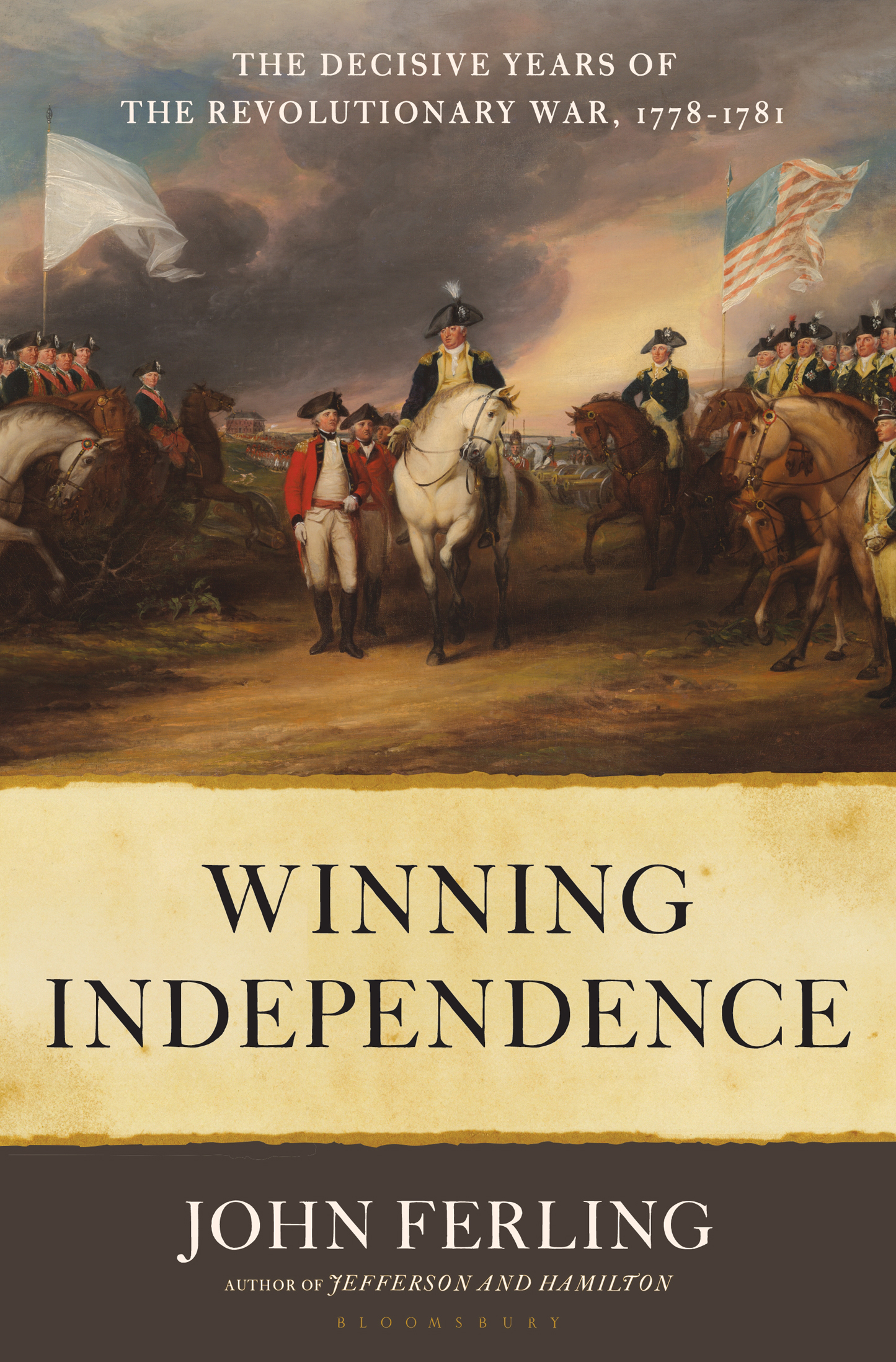

For Peter Ginna,
who took a chance on me,
stuck with me,
and was always a kind and gentle teacher and editor
BY THE SAME AUTHOR
Apostles of Revolution: Jefferson, Paine, Monroe, and the Struggle Against the Old Order in America and Europe
Whirlwind: The American Revolution and the War That Won It
Jefferson and Hamilton: The Rivalry That Forged a Nation
Independence: The Struggle to Set America Free
The Ascent of George Washington: The Hidden Political Genius of an American Icon
Almost a Miracle: The American Victory in the War of Independence
Adams vs. Jefferson: The Tumultuous Election of 1800
A Leap in the Dark: The Struggle to Create the American Republic
Setting the World Ablaze: Washington, Adams, Jefferson, and the American Revolution
John Adams: A Life
The First of Men: A Life of George Washington
Struggle for a Continent: The Wars of Early America
A Wilderness of Miseries: War and Warriors in Early America
The Loyalist Mind: Joseph Galloway and the American Revolution

CONTENTS

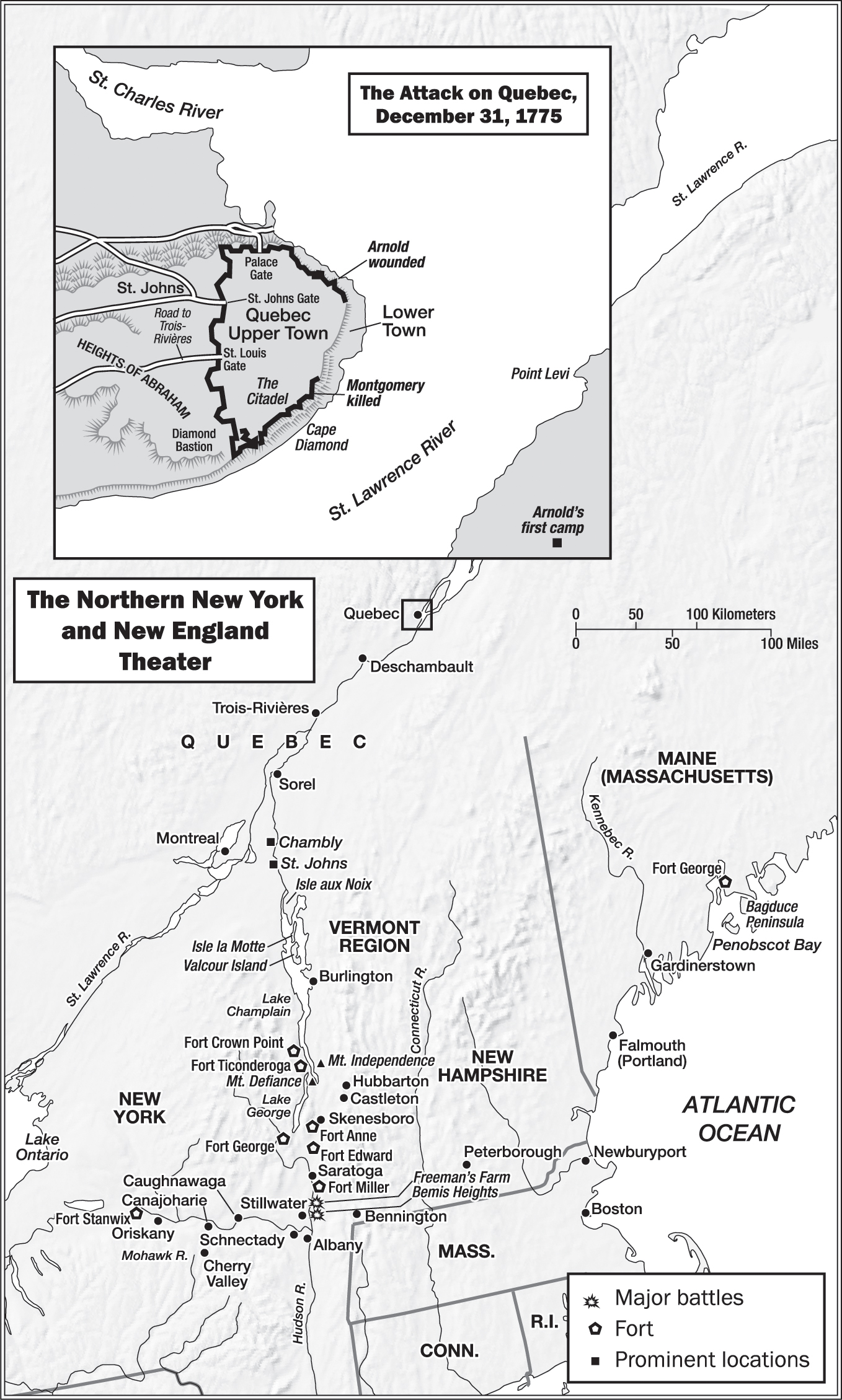

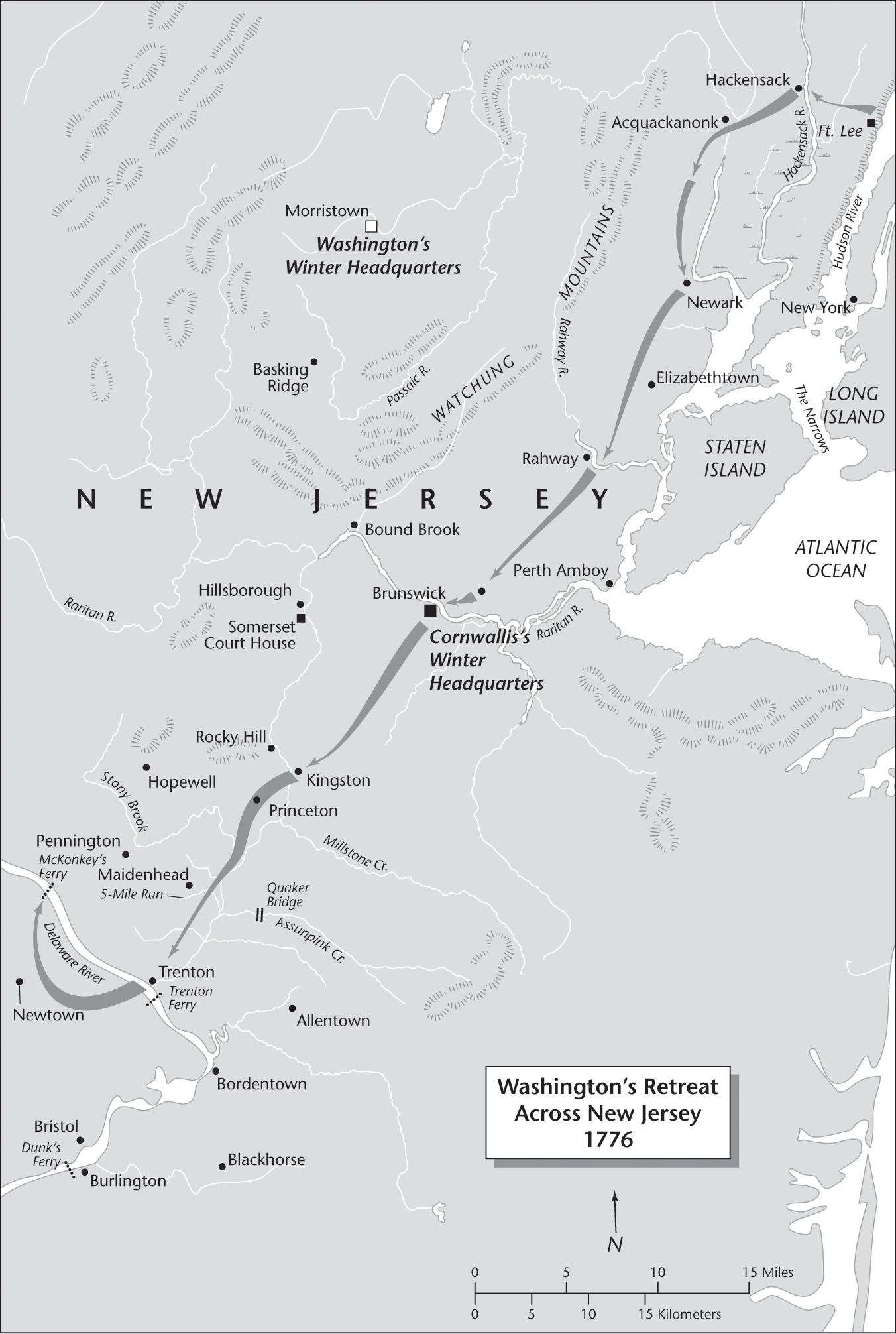
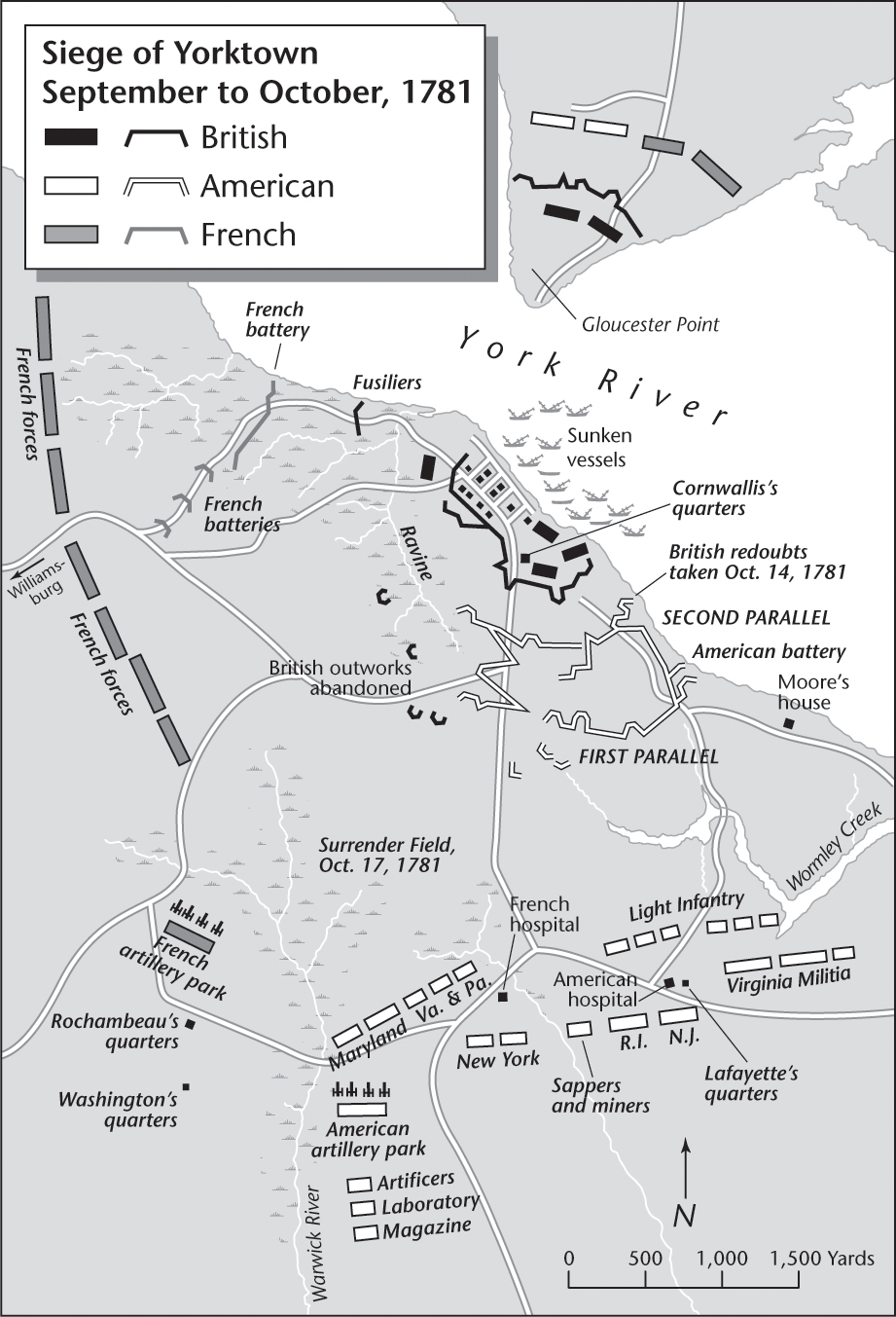
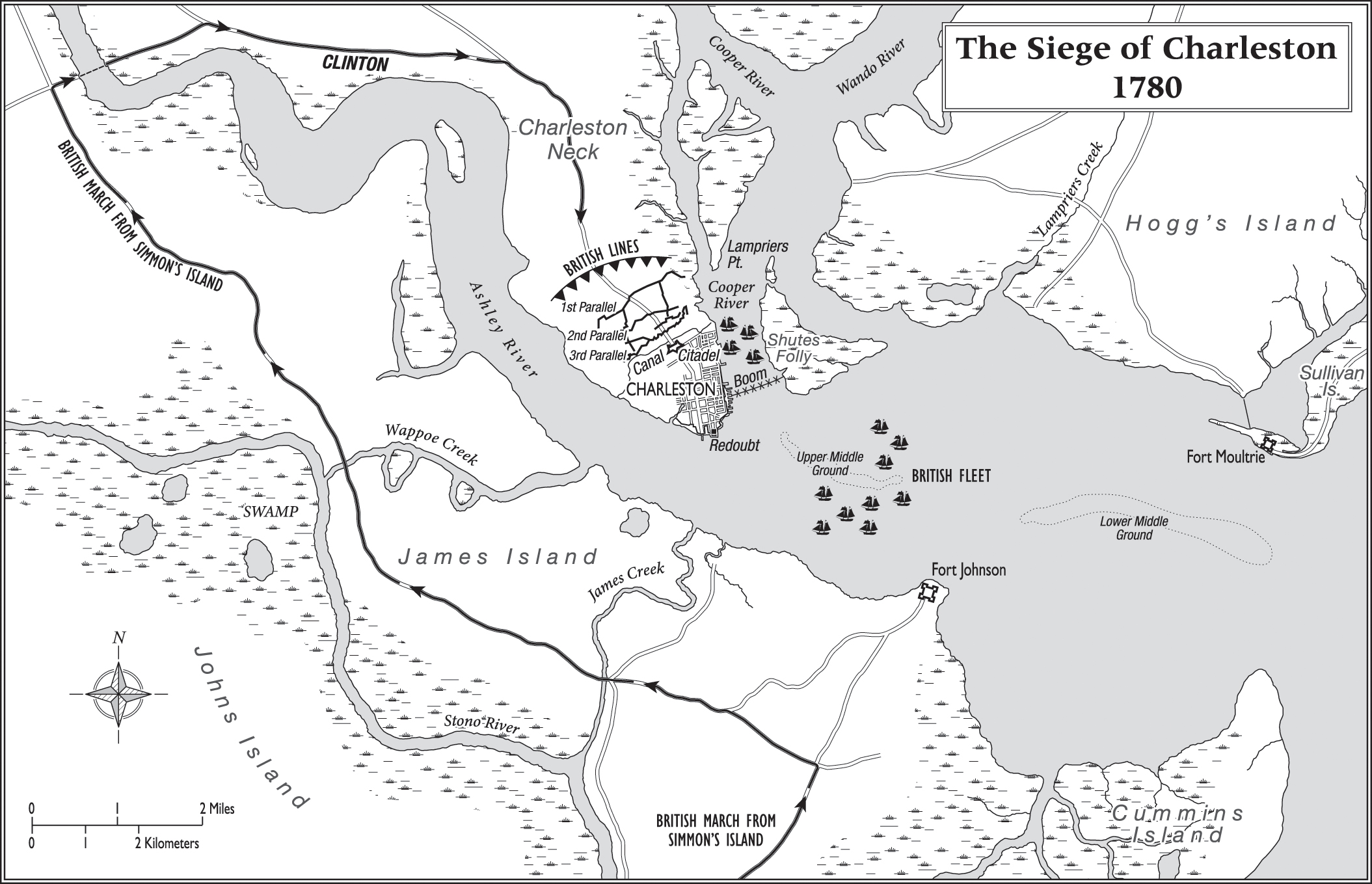


I n the last days before the outbreak of the Revolutionary
The fears of Adamss fellow congressmen were not misplaced, though the War of Independence did not last twenty years. It went on for eight years and was Americas longest war before Vietnam. Fighting occurred in each of the thirteen colonies, and Americans also fought and died west of the Appalachians, in Canada and East Florida, and at sea. Nor had the members of Congress been mistaken in worrying whether the colonists could defeat Great Britain. In January 1781, six years into the conflict, leaders on both sides regarded the wars outcome as very much in doubt. Indeed, only a short time earlier George Washington confessed that he had nearly lost hope in Americas chances of winning the war.
Many on both sides had thought the war was nearly over when the large British army under General John Burgoyne surrendered at Saratoga in October 1777. They reasoned that the British government would now see the American war as a hopeless cause. But Britain persisted, changing its strategy from attempting to quash the rebellion in the northern colonies to one of seeking to regain control of two or three, or more, southern provinces. Within twelve months of Saratoga, the war was stalemated.
During the years that followed Saratoga, most of the fighting was in the South, and that was where the wars outcome was finally determined. Yet Yet fighting in the South was a pivotal part of the Revolutionary War. Hostilities in the Carolinas and Virginia laid the cornerstone for the decisive clash at Yorktown in the autumn of 1781, the wars pivotal engagement that at last secured American independence.
The period of campaigning and fighting after Saratoga was nearly twice as long as the war that preceded Burgoynes surrender. Twice as many Americans died in combat in the four years between Saratoga and Yorktown as had perished on battlefields in the initial two and half years of hostilities, and when the death toll includes all causessuch as diseasetwo thirds died after Saratoga. Nearly all who died after 1777 perished somewhere in the South. If the death toll of Americans who fought for the British after 1777 is included, nearly 75 percent of Americans who died in the War of Independence lost their lives in the wake of Saratoga.
In 1776, Thomas Paine, in his sensational pamphlet This time Paine was correct. An American victory would not be easy. In fact, as Paine well knew, winning would become more difficult the longer the war continued.
John Adams, who supported going to war in 1775, also learned how problematic and grueling it was to gain the eventual victory, and he wondered if his descendants would fully understand the formidable demands that had been encountered in the fight to win American independence. Posterity! You will never know, how much it cost the [Revolutionary] Generation to preserve your Freedom, he later wrote.
This book is the story of the seemingly interminable struggle waged by both sides during the four years after Burgoynes army surrendered at Saratoga. For both Great Britain and America it was a war with more twists and turns, ups and downs, than a roller-coaster rider might experience. Luck, good and bad, played a role. There were missed opportunities on both sides that might have turned around the course of the war. Soldiers on both sides in the southern theater endured incredible hardships. Continentals, militiamen, and British regulars in the field suffered unimaginable privation. Nor were those who bore arms the only ones distressed by hostilities. Vast numbers of American civilians suffered and sacrificed to a degree seldom experienced by those on the home front in any other conflict in American history. By 1780, the war in the South was being waged with a savage intensity, as both rebel and Loyalist partisans resorted to what today would be called terrorism. By then, this war had become Americas first civil war, as Americans who fought for their king battled Americans committed to independence. General Nathanael Greene, who fought in both the North and the South, advised fellow officers in the northern theater that until they experienced hostilities in the South, they could not know the full ghastly meaning of warfare.
In an age when nations typically fought their wars with professional armies, both sides in the Revolutionary War actively solicited the service of civilians. The British put their American recruits into newly formed provincial regiments and royal militia companies. Time and again the American states summoned militiamen to active duty and recruited, or conscripted, men to serve in the Continental army. Eventually the percentage of free adult males who bore arms exceeded that in the United States in either World War I or World War II. As in all wars, soldiers coped with the loneliness of separation from everything that was familiar and faced demands to do things that were unthinkable in peaceful civil pursuits. The war was far removed from the lives of most of Englands citizenry, but it touched nearly all Americans. Families were separated and all too often lost loved ones. Some watched forlornly as husbands, sons, fathers, and brothers came home no longer the whole men they had been when they had gone to war. Wives and children at home were pressed into unfamiliar roles to keep families afloat. Many familiesespecially farm familiesnot infrequently watched helplessly as the army of one side or the other seized their crops, livestock, wagons, and tools. People in both urban and rural areas suffered scarcities and paid staggering taxes unlike anything they had faced in peacetime. Civilians were caught up in the fighting to a degree seldom seen during hostilities in Europe or the American colonies in the century before the War of Independence. In the years after Saratoga, two major southern cities were attacked and occupied by the army of Great Britain and a third suffered extensive damage. Raids on coastal hamlets and backcountry settlements produced horror, panic, losses, death, and destruction. Warriors on both sides pillaged the homesteads of those they deemed their enemies, sometimes committing unspeakable atrocities. Like many wars, this one uprooted countless civilians, sending them fleeing for safety and inspiring thousands of enslaved people to risk flight in hopes of deliverance from bondage.
Font size:
Interval:
Bookmark:
Similar books «Winning Independence»
Look at similar books to Winning Independence. We have selected literature similar in name and meaning in the hope of providing readers with more options to find new, interesting, not yet read works.
Discussion, reviews of the book Winning Independence and just readers' own opinions. Leave your comments, write what you think about the work, its meaning or the main characters. Specify what exactly you liked and what you didn't like, and why you think so.

